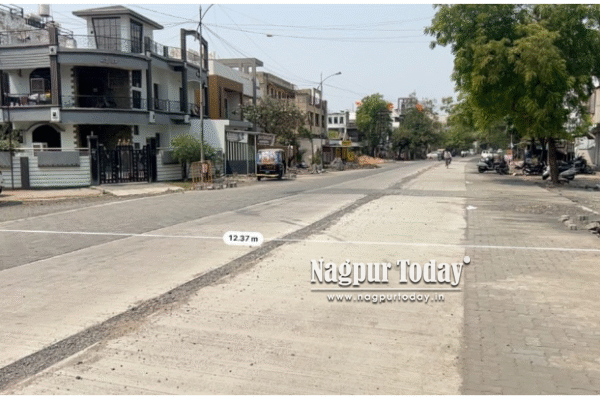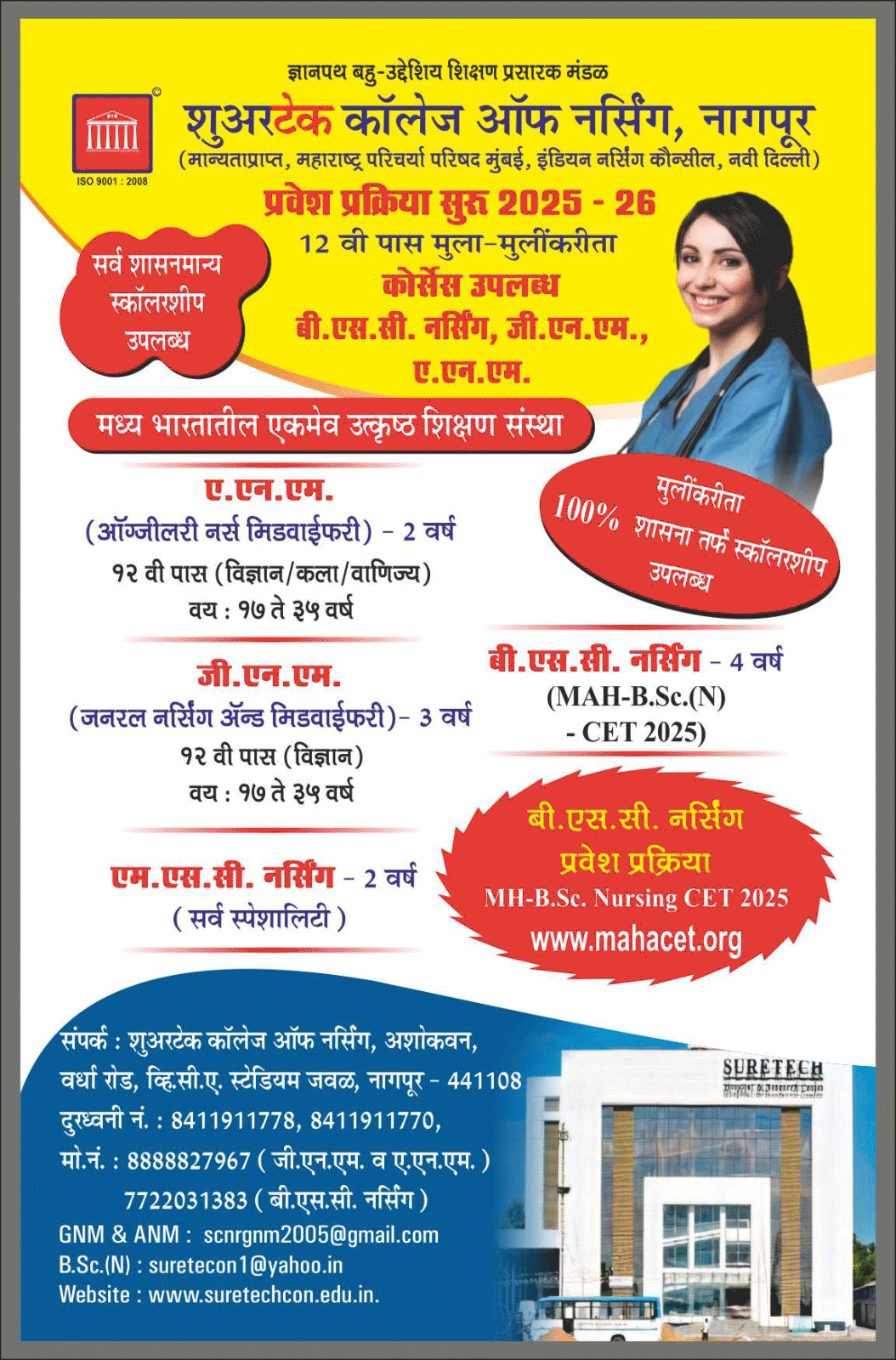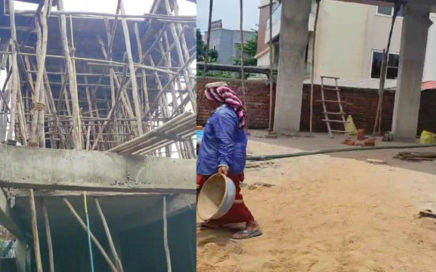
Nagpur: The Nagpur’s ambitious cement road network, once hailed as a durable infrastructure upgrade, is now facing serious legal scrutiny, with a Public Interest Litigation (PIL) in the Nagpur Bench of the Bombay High Court alleging that the 700km stretch of concrete roads has turned the city into a veritable ‘urban heat island’, posing grave environmental and health risks.
The petition, filed by Janmanch President Rajiv Jagtap, paints a stark picture of the unintended consequences of the large-scale cementing drive undertaken by Nagpur Municipal Corporation (NMC), Public Works Department (PWD), National Highways Authority of India (NHAI), and other agencies. The PIL claims that widespread use of cement and fly ash in road construction has dramatically altered Nagpur’s microclimate, pushing up surface and ambient temperatures while simultaneously polluting the air with fine dust particles.
“These roads are not just cracking under monsoon rains, they’re cracking public health, too,” said Jagtap in his petition, pointing out a surge in respiratory illnesses, especially among children and the elderly, as evidence of the growing impact.
Alarming rise in surface temperature
Urban planners and environmentalists have long warned that cemented surfaces absorb and retain more heat than asphalt or green cover. With Nagpur’s expansive concrete grid and minimal shading on roads, the city increasingly experiences heat-trapping effects, a defining trait of urban heat islands. Unlike bitumen, which can expand and contract with temperature changes, cement reflects sunlight during the day and radiates heat well into the night, keeping neighbourhoods warmer and accelerating energy consumption for cooling.
Beyond heat, the petition highlights how poor-quality construction, including the use of fly ash and substandard concrete, is generating harmful particulate matter. The absence of proper sealing and maintenance has led to surface erosion, with fine cement dust continuously mixing with the city’s air, adding to the PM2.5 load already flagged in pollution reports.
“We’re not just paving roads, we’re paving the way to chronic illness,” argued advocate Parvez Mirza, appearing for the petitioner. “Unless there’s immediate regulatory intervention, Nagpur will be locked into a future of higher temperatures and poor air quality.”
Court seeks final response
Taking serious note of the matter, a division bench of Justice Anil Kilor and Justice Vrushali Joshi expressed dissatisfaction over the failure of agencies to respond to earlier notices. Granting what it termed a “final opportunity”, the court gave NMC, PWD, NHAI, and both State and Central Governments two weeks to submit their replies.
Legal observers say the case could have far-reaching implications not just for Nagpur but for other Indian cities pursuing rapid concrete infrastructure under Smart City or Amrut Missions, without factoring in long-term environmental trade-offs.
Urban design experts suggest that cities like Nagpur need a more sustainable approach that balances infrastructure goals with ecological needs. Permeable pavements, tree-lined roads, and better dust management protocols are some of the solutions being proposed.
As the High Court awaits responses from the authorities, the PIL has put the spotlight squarely on how infrastructure decisions, if not environment-sensitive, can turn civic pride into public peril.















